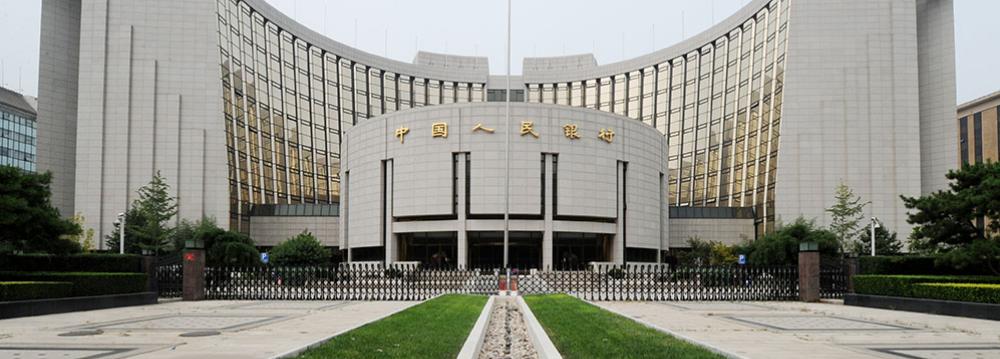China will forge ahead with supply-side reforms next year to deal with overcapacity and structural problems, while also moving to boost demand, a report said Friday.
Top leaders are due to map out an economic and reform agenda for 2017 during an annual Central Economic Work Conference later this month, Xinhua reported.
“The economy still faces many outstanding contradictions and problems, excess capacity and structural upgrading contradictions remain prominent,” the report said, citing a statement after a meeting of the politburo, a top decision-making body.
“Financial risks in some areas are emerging and some regions face relatively big difficulties. We should attach great importance to these issues and try to solve them.”
China will push state sector reforms and fiscal reforms, and establish long-term mechanisms to promote the healthy development of the property sector.
Premier Li Keqiang said earlier this week that China will reach its key economic targets this year, which will lay a good foundation for 2017.
Growing debt and property risks have touched off an internal debate about whether China should tolerate slower growth in 2017 to allow more room for painful reforms aimed at reducing industrial overcapacity and indebtedness.
The government has said growth of at least 6.5% is needed each year through to 2020 to meet a previously stated goal of doubling gross domestic product and per capita income by then, from 2010 levels.
China will also further open its economy in 2017 and work to attract foreign investment, the report said. President Xi Jinping told the meeting that he was certain that China would meet its key economic targets for 2016.
China’s economy has performed better than many analysts expected this year, supported by higher government infrastructure spending and a housing market boom that is starting to show signs of fatigue.
Global Economy Reflating
China’s producer prices rose at the fastest pace in more than five years in November as prices of coal, steel and other building materials soared, boosting industrial profits and giving firms more cash flow to pay off mountains of debt, Reuters reported.
The stronger-than-expected 3.3% surge in prices, along with upbeat factory readings from China, the United States and Europe, add to views that the global economy may be slowly reflating again thanks to a pick-up in industrial activity.
“This (the PPI jump) confirms our view that China has emerged from a multi-year deflationary trap,” ANZ said in a note.
While some heavy industries such as coal mining, steel mills and metal processors saw the biggest rebound, official data on Friday showed the price recovery was also becoming more broad-based, with more sectors emerging from deflation.
Consumer inflation also picked up more than expected to 2.3% from a year earlier, the highest since April, due to higher food prices.
In November, Chinese exports snapped a seven-month losing streak, beating analysts’ expectations. Imports also rose in a sign that global and domestic demand is recovering.
Market Economy Status
China’s Commerce Ministry says it will take “necessary measures” if World Trade Organization members continue to refer to China as a “non-market economy” after December 11.
The announcement comes after Japan referred to China as a “non-market economy” on Thursday, a stance that allows Japan to put tariffs on Chinese exports. China joined the WTO in 2001, and is pushing for WTO members to respect the automatic expiration of a 15-year provision that lets trade partners treat the nation as a non-market economy.
“China urges those World Trade Organization members, who have not yet implemented their obligations under clause 15, to fulfill their obligations as soon as possible to avoid affecting the normal development of bilateral economic and trade relations. For the small number of members who insist on using surrogate country approaches after December 11, China will take necessary measures in accordance with WTO rules to firmly protect our legitimate rights,” ministry spokesman, Shen Danyang, said.


